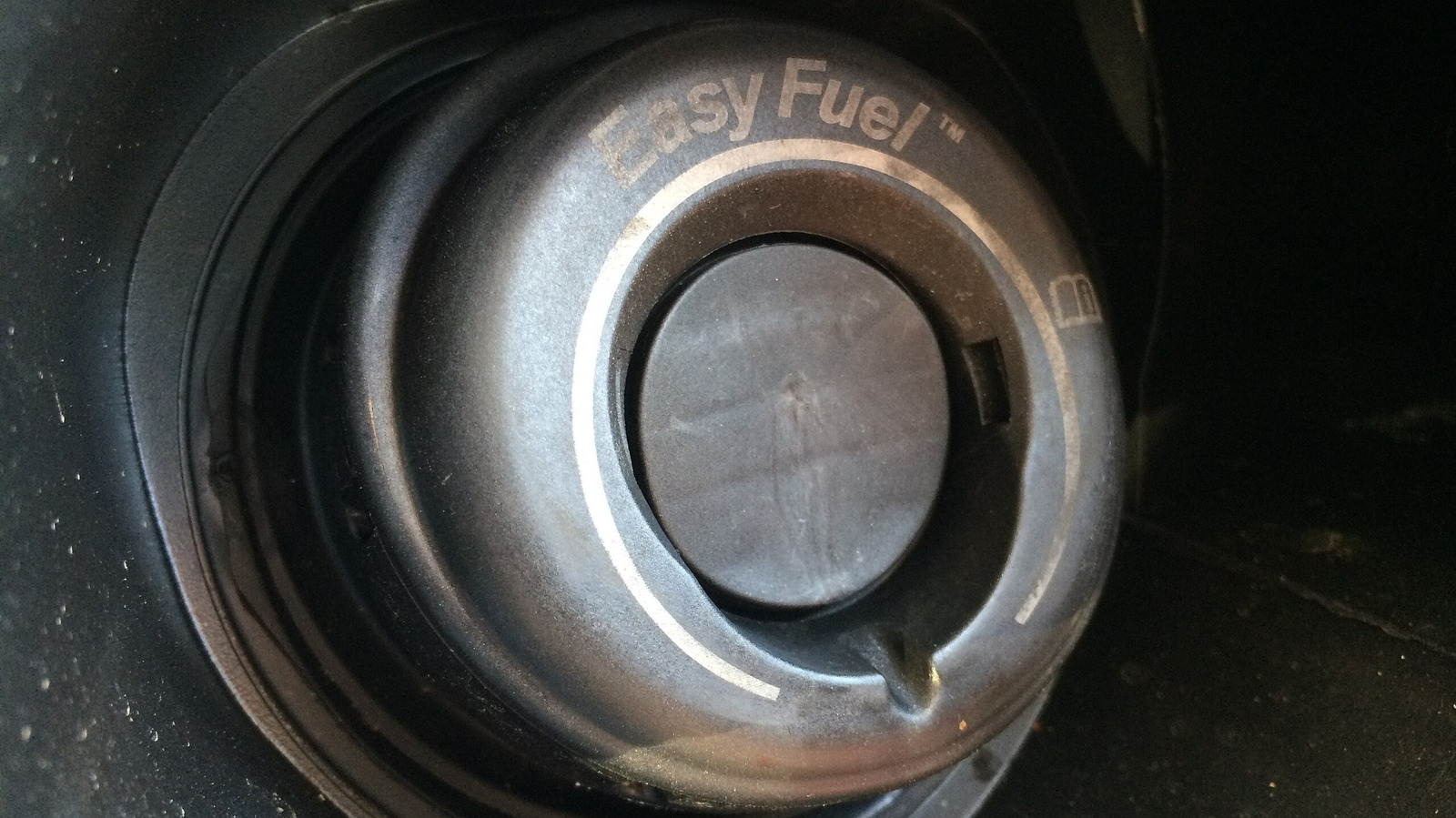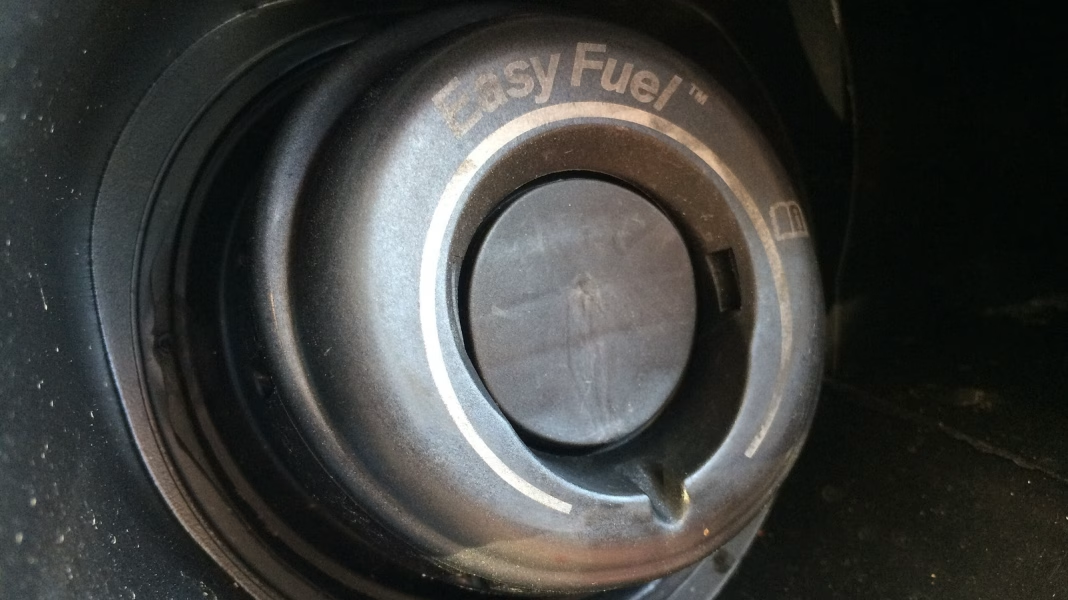If you’ve ever filled up your car, you know the routine: unscrew the gas cap, pump the fuel, and then screw it back on. But what if I told you that some modern vehicles are ditching this age-old practice? That’s right—several car manufacturers are now producing vehicles without traditional gas caps. Let’s dive into why this shift is happening and what it means for you as a driver.
Why Are Some Cars Going Gas Cap-Free?
The main reason behind this trend is convenience. Gas caps can be a hassle. They can get lost, damaged, or even forgotten, leading to potential fuel evaporation and emissions issues. By eliminating the gas cap, manufacturers aim to streamline the refueling process. Instead of twisting and turning, you simply insert the nozzle into the opening, and you’re good to go.
This design change is also part of a broader effort to improve fuel efficiency and reduce emissions. Cars without gas caps often utilize a sealed system that prevents fuel vapors from escaping into the atmosphere. This is particularly important as environmental regulations become stricter. By minimizing evaporative emissions, manufacturers can help meet these regulations while also appealing to eco-conscious consumers.
Are There Any Downsides?
While the convenience factor is appealing, some drivers may have concerns about security and maintenance. Without a gas cap, there’s a risk of debris entering the fuel system. However, manufacturers have designed these systems with built-in safeguards to minimize this risk. For instance, many vehicles use a special flap that opens only when the fuel nozzle is inserted, preventing dirt and contaminants from getting in.
Another concern is the potential for fuel theft. Traditional gas caps can be locked, providing an extra layer of security. In contrast, cars without gas caps may require different strategies to deter thieves, such as advanced alarm systems or fuel tank designs that are harder to access.
Real-World Examples of Capless Fuel Systems
Ford, Honda, and Nissan are just a few brands that have embraced capless fuel systems in their newer models. For instance, Ford’s EcoBoost engines often come equipped with this feature, allowing for a seamless refueling experience. Similarly, Honda’s Civic has adopted this technology, emphasizing both convenience and environmental responsibility.
These innovations are not just gimmicks; they reflect a significant shift in automotive design philosophy. As cars become more technologically advanced, manufacturers are looking for ways to enhance user experience while also addressing environmental concerns.
What Should You Know as a Driver?
If you’re considering a vehicle without a gas cap, there are a few things to keep in mind. First, familiarize yourself with the refueling process. It’s typically straightforward, but knowing how it works can save you time and frustration at the pump.
Second, be aware of the maintenance requirements. While these systems are designed to be low-maintenance, it’s still wise to keep an eye on the fuel filler area for any signs of wear or damage. Regular check-ups can help ensure that everything is functioning as it should.
Lastly, embrace the change. The automotive industry is evolving rapidly, and innovations like capless fuel systems are just one example of how manufacturers are adapting to meet the needs of modern drivers.
The big takeaway? Ditching the gas cap isn’t about perfection—it’s about smarter adjustments. Start with one change this week, and you’ll likely spot the difference by month’s end. Whether it’s a new car feature or a different approach to refueling, embracing these innovations can make your driving experience smoother and more enjoyable.


